If you live in a windy location—like a coastal area, a mountain slope, or a high-rise building—a retractable awning might not be the safest choice. When strong winds hit, the fabric can tear, the arms may bend, and in worst cases, the entire unit could get ripped off and thrown. This doesn’t just cause property damage—it could seriously injure someone if it falls.
Related reading: How much wind can a gazebo withstand?
Many awnings are marketed as “wind-resistant” or “outdoor-rated,” but those claims often lack real data. So, before you buy, make sure you ask: how much wind can it handle? What materials is it made of? And does it come with a wind sensor for automatic retraction?
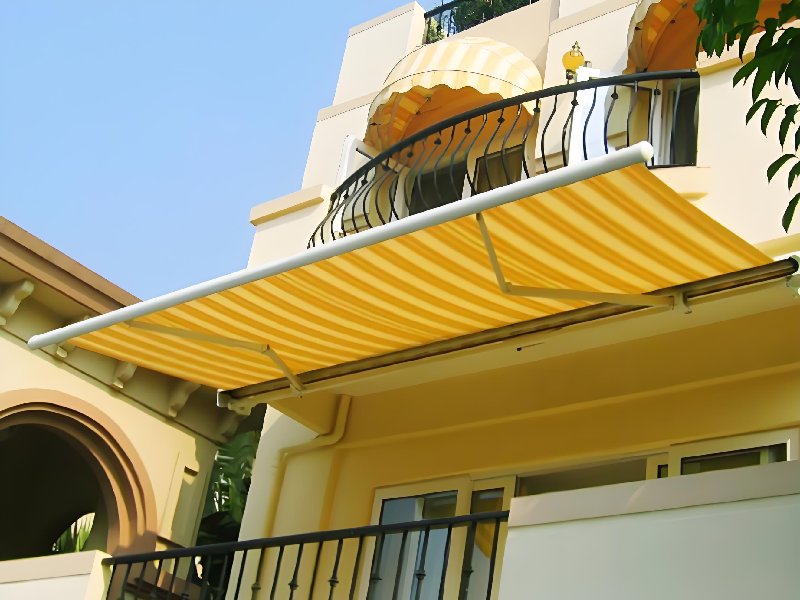
As a professional awning manufacturer based in China, LIDA OUTDOOR has long supplied high-strength, custom-made retractable awnings in bulk to clients across Europe and North America. With years of experience designing for windy environments, we know what matters when it comes to wind resistance.
In this guide, we’ll walk you through five key factors—structure, materials, wind rating, smart features, and more—to help you choose a wind-resistant retractable awning that won’t let you down.
Which Retractable Awning Type Handles Wind Best?
If you want your awning to stay stable and last in windy conditions, structure is the first thing to consider. We strongly recommend choosing a full cassette design.
Unlike open or semi-cassette awnings, a full cassette model fully encloses the fabric, arms, and roller tube inside a metal housing when retracted. This protects the entire system from wind and rain, reducing wear and tear and significantly boosting wind resistance. Its compact, sealed structure and hidden components make it the top choice for high-wind environments.
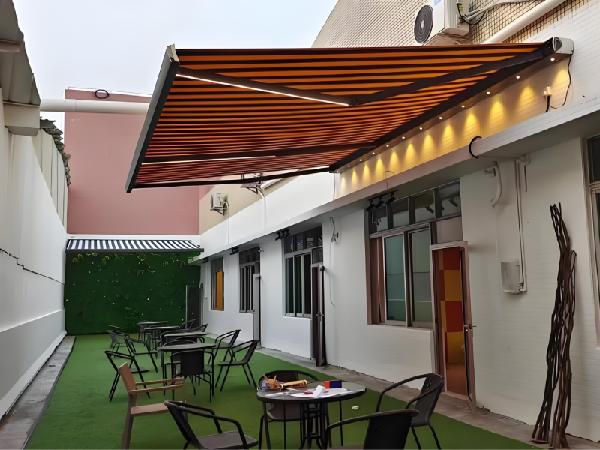
It’s especially ideal for exposed areas like balconies, rooftops, open terraces, and coastal patios—places where strong gusts can hit from all directions. A full cassette awning simply gives you better peace of mind. Of course, full cassette awnings usually cost a bit more than open or semi-cassette styles. But if your environment is prone to strong or frequent winds, that extra investment is absolutely worth it.
Wind Resistance: Full Cassette vs Semi vs Open Style
In terms of wind performance, the general rule is:
Full cassette > Semi cassette > Open style.
The more enclosed the structure, the better protected the components—and the stronger the overall stability and durability in high winds.

If you are not clear about the types of retractable awnings, you can refer to this post to know the 8 types >
Ask These Questions Before Buying an Awning for Wind
When shopping for retractable awnings, “wind-resistant” is a common selling point. But the real question is: how much wind can it handle? Many product pages don’t list key specs like wind speed tolerance or EN 13561 certification.
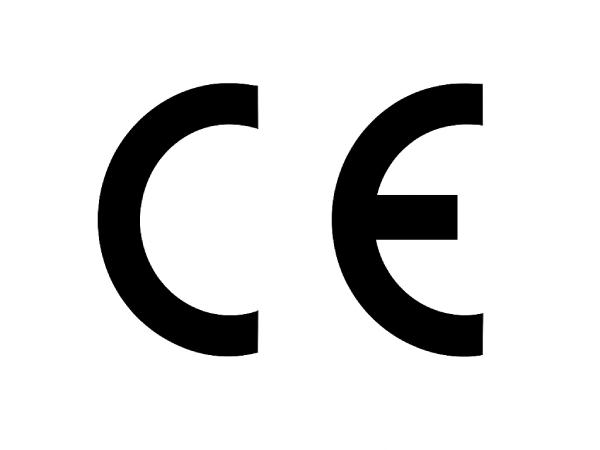
That’s not surprising—some manufacturers never run formal wind tests. Instead, they rely on vague claims like “reinforced frame” or “enhanced stability,” which sound good but offer little real assurance.
So before placing your order, ask the seller these three critical questions:
- What is the specific wind resistance rating? (e.g. up to 38–49 km/h)
- Has the awning been tested under EN 13561 standards? What wind class does it meet?
- Are there recommended mounting methods or reinforcement options for windy conditions?
If you’re dealing with a reputable manufacturer or experienced wholesaler, they’ll understand these standards and provide clear, honest answers. But if you get nothing but vague replies, that might not be the right brand for wind-prone environments.
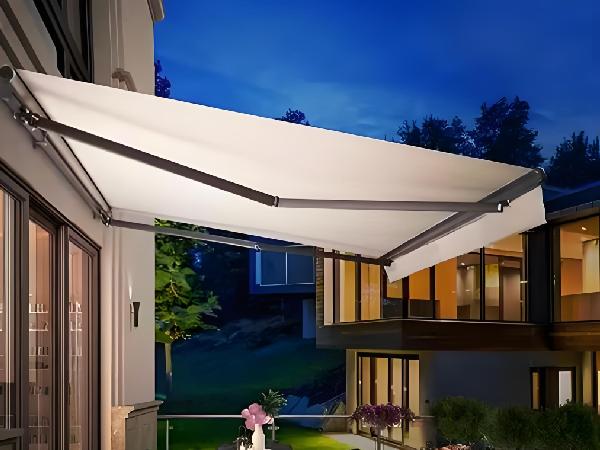
You can also refer to the Beaufort wind scale as a general guide. A quality motorized retractable awning should withstand at least Beaufort scale level 5 winds, which corresponds to Class 2 under the EN 13561 standard. High-end models can even reach Class 3, meaning they can handle winds above level 6.
Aluminum Awning Isn’t Always Wind-Resistant
Many buyers assume that anything labeled “aluminum frame” must be strong and wind-resistant. But the awning frame material alone doesn’t tell the full story. What matters is the grade of aluminum, wall thickness, arm design, and the hardware used at the joints. Here are four structural features to look for in a truly wind-resistant retractable awning:
- Arm material and wall thickness: Look for arms made from T5 or T6 aluminum alloy—T6 is stronger and more resistant to bending. The wall thickness should be at least 2.0mm to handle tension and torsion, especially if the awning extends over 3 meters.
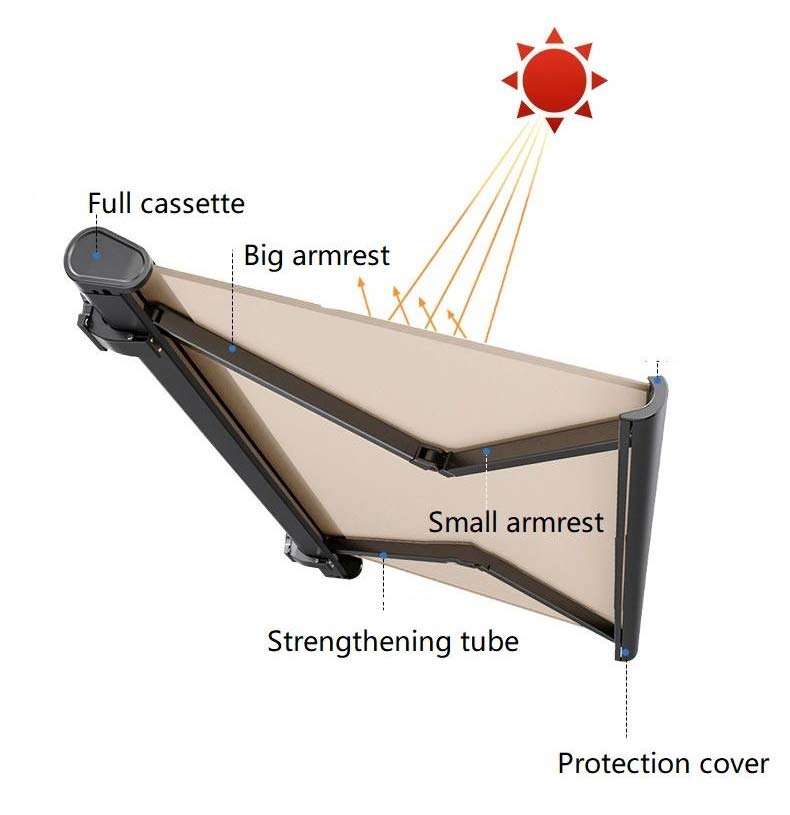
LIDA OUTDOOR’s Full Cassette Awning with Reinforced Arms - Internal steel cable or double-chain system: High-quality folding arms often feature internal steel cables or stainless steel chains to hold fabric tension. These cable-and-spring systems improve both wind shock resistance and smooth retraction.
- Connectors and hinge construction: A wind-rated awning should never rely on plastic clips or thin stamped parts. Instead, look for cast stainless steel or reinforced galvanized fittings, held together with heavy-duty bolts. This prevents loosening or swaying under strong wind pressure.
- Surface finish and weather resistance: Beyond structural strength, coating matters too. Powder coating or anodized aluminum finishes improve corrosion resistance, helping prevent rust and salt damage—especially in coastal climates—so your awning lasts longer.
Wind Sensor: The Smart Tool to Protect Your Retractable Awning
Even with a strong frame, timely retraction is key to protecting your awning from sudden wind gusts. That’s why many motorized retractable awnings support wind sensors or integrated smart systems. When the wind speed reaches a preset limit, the sensor automatically triggers the awning to retract, preventing torn fabric, damaged arms, or a completely lifted unit.
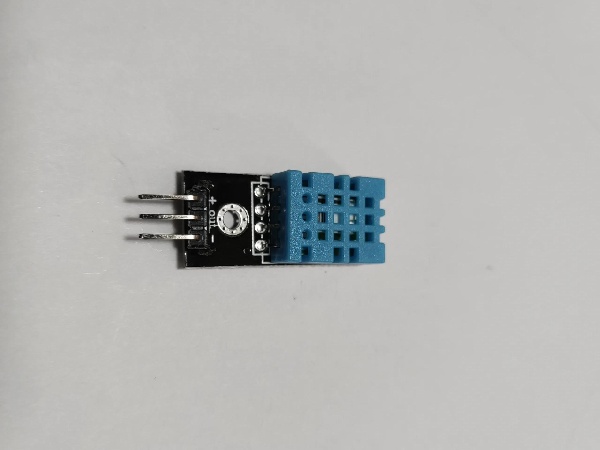
This feature is especially useful in:
- Coastal or mountain homes, where the weather can change fast
- Outdoor cafés or storefronts, where it’s easy to forget to retract after hours
- Managed properties, where centralized smart systems boost maintenance efficiency
For customers, adding a wind-sensing system not only improves safety and convenience but also makes the awning feel more premium and high-tech, which can help justify a higher price point.
Wind-Rated Awnings Cost More—But They Save You More Too
Compared to standard retractable awning models, wind-resistant awnings do cost more—thanks to stronger materials, reinforced structures, and added features. But that price difference buys you longer service life, greater safety, and peace of mind when the wind picks up. If you’re in a windy area, chasing the lowest price might be the most expensive mistake you can make.

Final Thoughts
To sum up, choosing the right retractable awning for windy areas requires careful consideration from multiple angles—structure, material, wind rating, and smart features. No matter how well-built your awning is, it should always be retracted during extreme winds. And while price matters, the most expensive option isn’t always the best—but the cheapest one rarely holds up when the wind blows. We hope this guide helps you make a smarter, safer choice for your space.
If you’re a brand owner, wholesaler, or working on a large-scale project, feel free to reach out to LIDA OUTDOOR. We offer a wide range of wind-resistant awnings and gazebos—whether you’re looking for standard factory models or fully customized ODM solutions. Thanks for reading! If you have thoughts or questions, we’d love to hear them in the comments.



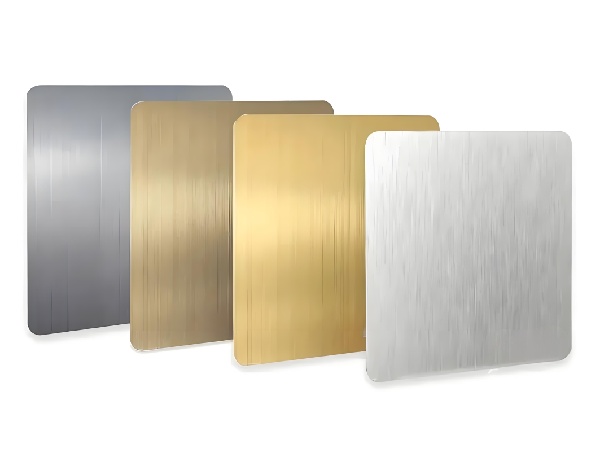
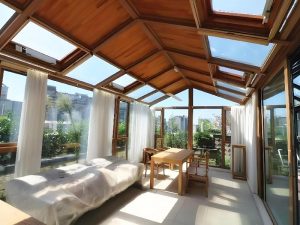
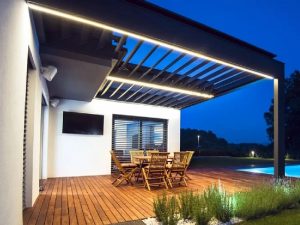
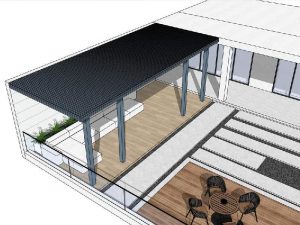

I have learnt a lot, what to look for I am at the South Coast in South Africa